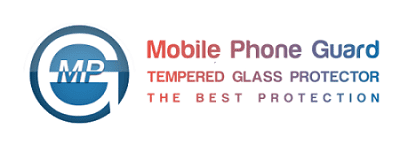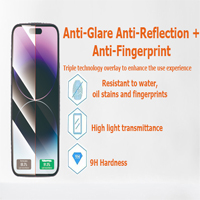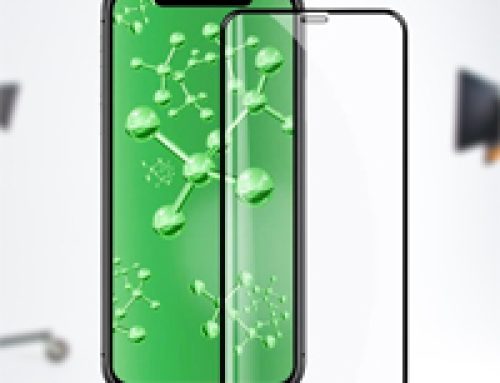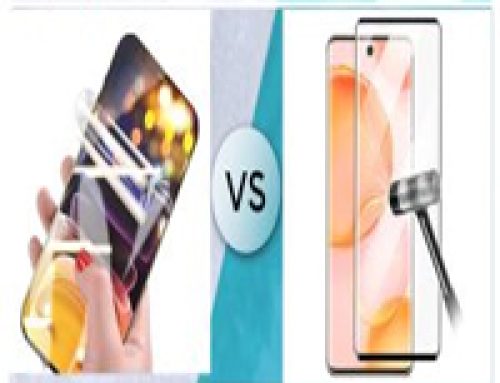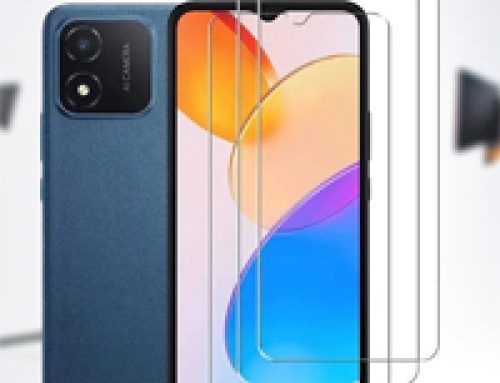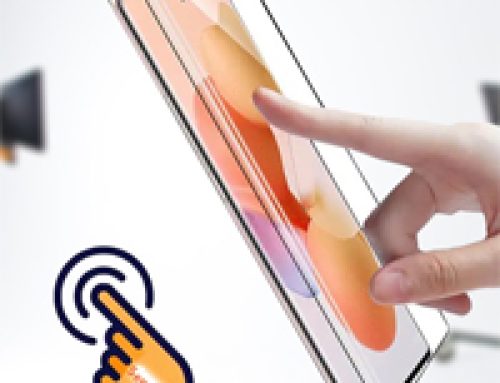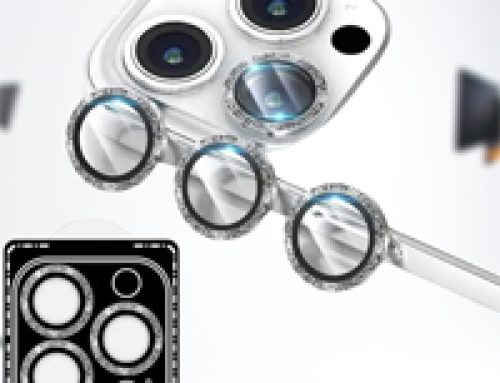Table of Contents
What is the Tempered Glass Screen Protector AF, AG and AR Coating Technology
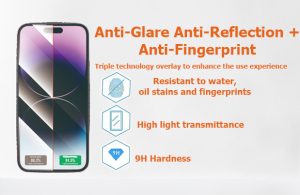
Description
People using tempered glass screen protectors find it really easy to use, yet a long story goes behind its making to make it one of the useful protective accessories. This particular piece of accessory is not only offers properties like anti-drop, water-resistant, and AR Technology but also protects the original glass screen of the smartphones and better protection for your eyes.
However, when it comes to glass tempered coatings, we can assure you that they are by no means one, and different coatings play different roles.
In this article we will focus on AF, AG, and AR coating technologies and processes.
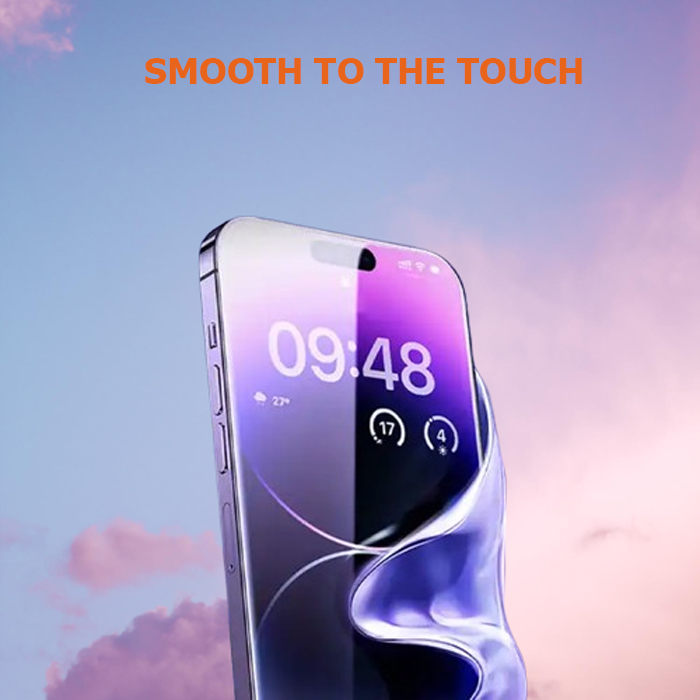
AF or ANTI-FINGERPRINT :
Generally there are two forms of AF material, one is a liquid AF anti-fingerprint potion, and another one is AF anti-fingerprint target pill. These two follow two different production methods, The anti-fingerprint potion is good for the spraying method process of AF, while the AF anti-fingerprint target pellet is suitable for the preparation of AF by vacuum evaporation coating method.
Working Principle: Based on the principle of lotus leaf AF anti-fouling and anti-fingerprint glass this method starts with a layer of nano-chemical materials coated on the outer surface of the glass to minimize the surface tension of the glass. This process will reduce the contact area between dust and glass surface by 90% so that it has a strong anti-fouling effect.
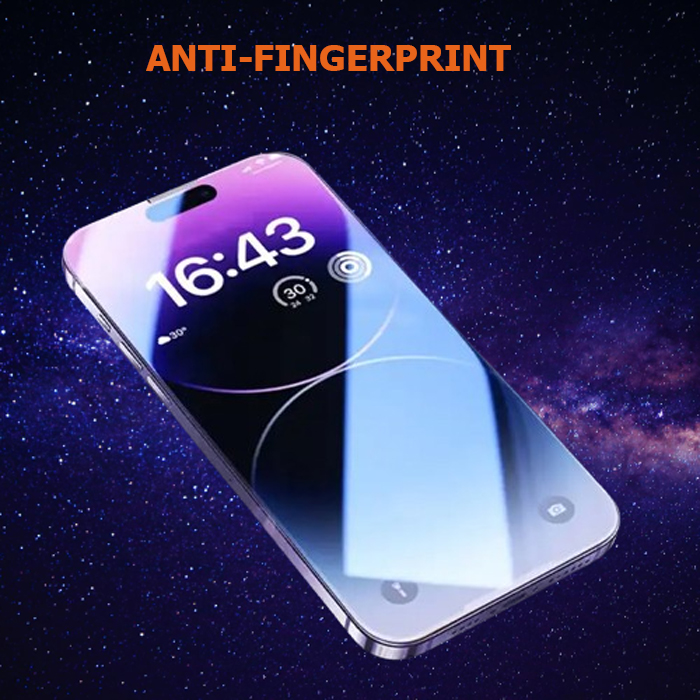
Hydrophobic, anti-oil, and anti-fingerprint capabilities; make the screen glass panel maintain a smooth and bright effect for a long time.
AR or ANTI-REFLECTION:
The main function of this method or process is to reduce or eliminate the reflected light from optical surfaces such as glass (screen), by eliminating the stray light of the system or by increasing the light transmission of the glass screen. In this process, high and low refractive index materials are cross-stacked and plated. Vacuum evaporation or magnetron sputtering can be used.
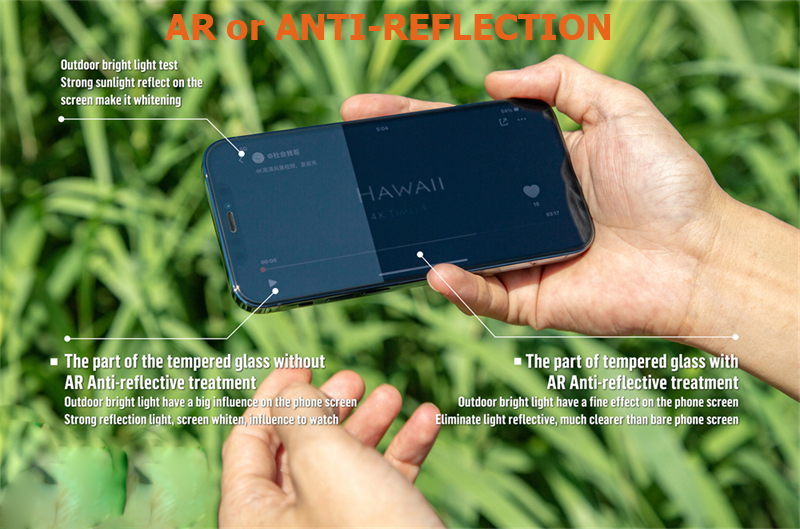
Working Principle:
Once the tempered glass gets the coat of AR Technology on the glass, the optical path difference between the reflected light on the surface and the reflected light on the front surface of the film cuts exactly by half of its wavelength. Moreover, the reflected light on the front and rear surfaces of the film cancels out, which is equivalent to increasing the energy of the transmitted light. Anti-reflection coating on optical glass or lens uses his principle so that the reflected light generated on the front and rear surfaces of the film layer interferes with each other, thereby offsetting the reflected light, achieving the effect of anti-reflection and anti-reflection. The coating on both sides of the glass at the same time reduces the reflection effect on both sides of the glass. This coating helps to relieve eye fatigue and slow down vision loss.
Applicable substrates: glass, acrylic (PMMA), PC, CR39 and other plexiglass.
AG or ANTI-GLARE:
It is the special treatment of the glass surface on one or both sides to achieve the effect of multi-angle diffuse reflection. This is to help the user with an improved viewing angle of the picture and reduced interference of ambient light. It also reduces screen reflection. The method of spraying and baking can be used to form a film, by using a colloidal solution such as SiO2.
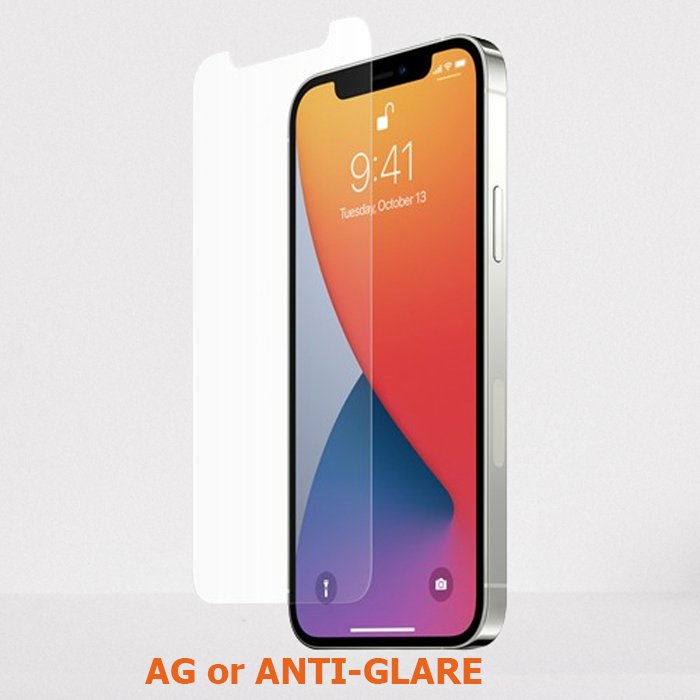
Working Principle:
Through the scattering and diffuse reflection of light, the reflection is reduced to achieve the purpose of anti-dizziness and anti-glare. In order to create a clear and transparent visual space this process is used by the makers of tempered glass screen protectors.
METHOD EXPLAIND
AF -spraying method:
1) Pre-treatment: weak alkaline is used as cleaning agent or solvent to remove oil, moisture and other stains on the surface of the substrate.
2) Plating the AF liquid on the surface of the product to form a film
3)Baking: Take out the glass after spraying, put it in the oven, and adjust the baking temperature and time to the best according to the specific requirements and product conditions
4) Cleaning: After the product is cleaned, the finished product is packaged
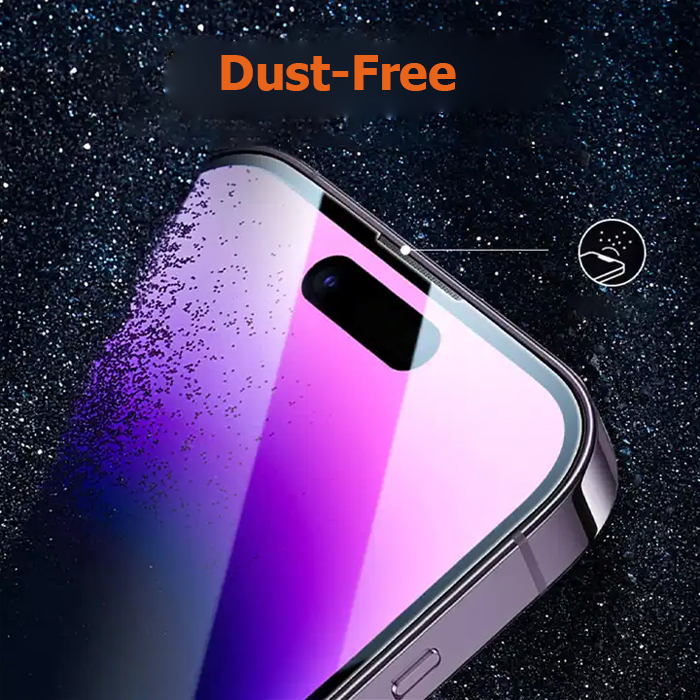
AF coating product features:
1) Anti-fouling: Prevents fingerprints and oil stains from sticking and easily erasing;
2) Anti-scratch: smooth surface, comfortable hand feeling, not easy to scratch;
3) Thin film: Offers excellent optical performance, without changing the original texture;
4) Abrasion resistance: Gives with true degree of wear resistance
AR – magnetron sputtering method
Cleaning→drying→coating
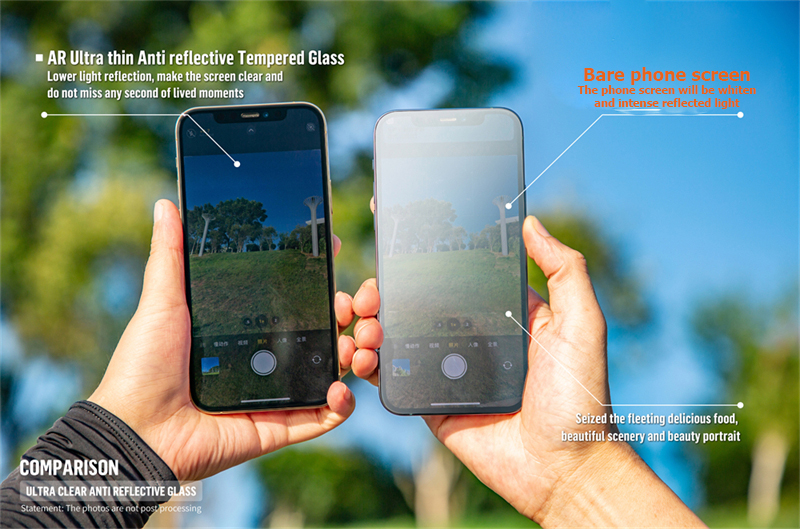
AR Technology coating product features:
1) High penetration: The nano-scale optical film layer can greatly increase the light transmittance of the glass, and the light transmittance can be increased to more than 99%.
2) Durable: Can keep for 25 years in harsh environment
3) Prevent condensation: greatly suppress the condensation of photovoltaic glass
4) Anti-scratch hardness: 1H hardness can be increased after coating
5) Anti-water accumulation: when water drops fall on the top, the angle of water drops reaches >110°, and the panel will automatically slide down when it is tilted, without affecting the vision
6) Easy to clean: and infinite can be reduced by 80%, very easy to clean
AG– spraying
Cleaning→drying→coating→curing
Features and application fields
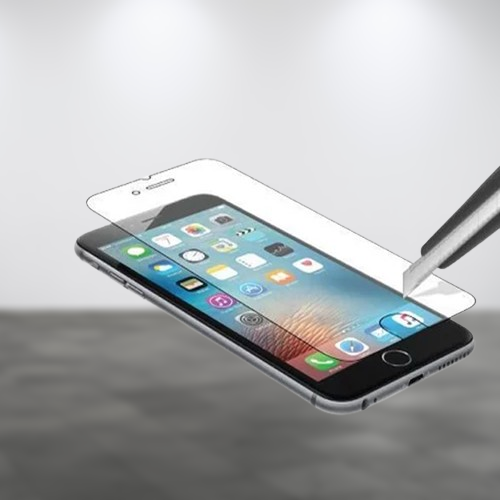
AG coating product features:
1) Reflect infrared rays: reduce the transmittance of infrared rays on the glass surface to reduce the infrared light entering the room
2) Enhance light transmittance: while reflecting infrared light, enhance the transmission of other light sources, without affecting the indoor lighting effect
3) Anti-glare: change the light emitted by the light source through diffuse reflection (the essence of AG coating) to change the visual stimulus of the reflected strong light to the observer
Please remember that the AF, AR, and AG three processes are almost the same when the spraying method is used, but the production method and the liquid used are changed.
Hopefully, this article will give you the much-needed insights about the technologies that are used to prepare a good quality tempered glass screen protector.

Also please visit our new product:
